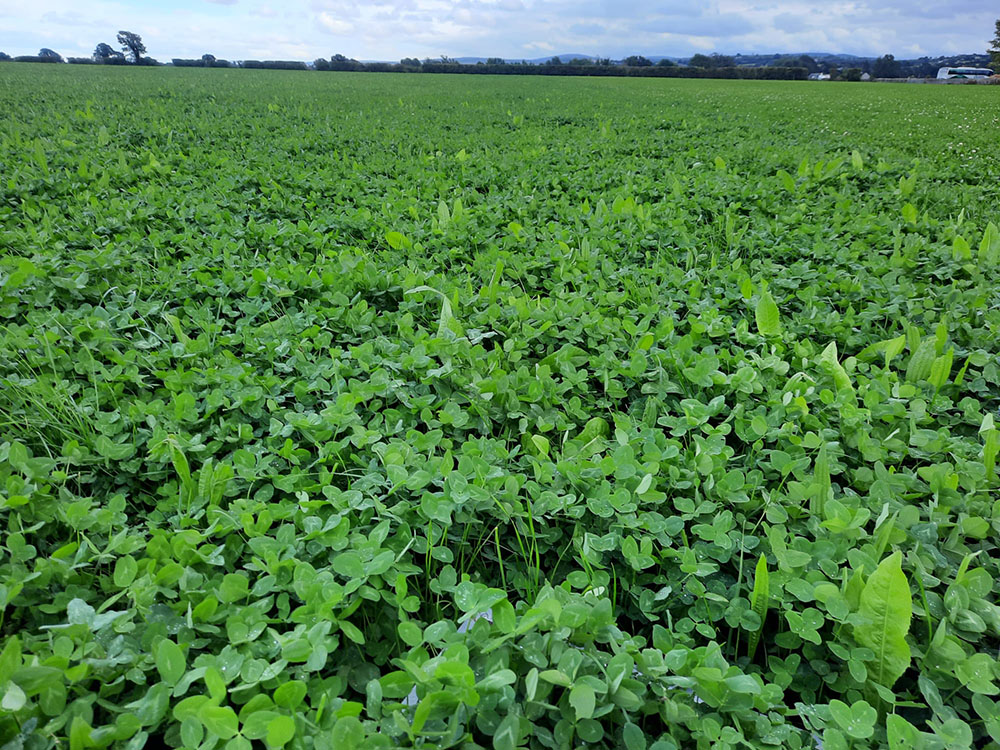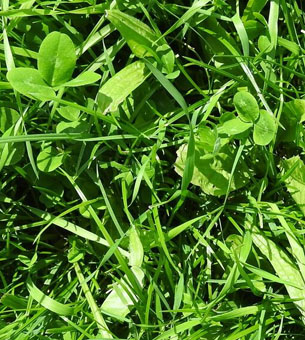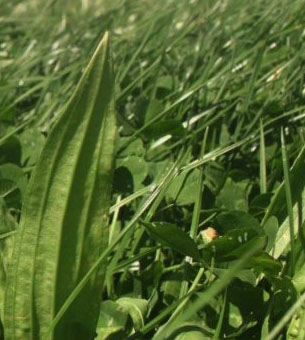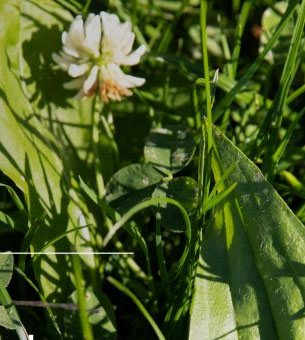Three grazing studies being run at University College Dublin are showing promising results for livestock grazing multi-species pasture, Professor Tommy Boland explains.
Multi-species pasture potential
We have completed one study and are running two more involving both our sheep and dairy beef animals with increased performance across them all.
On multi-species pasture, lambs are showing an increased weaning weight of 2.5-4kg/lamb and reaching their slaughter weight 2-4 weeks earlier. We are also seeing a reduced requirement for anthelmintics with anthelmintic use down by as much as 50%. As the decline of drug efficacy continues to rise and availability is likely to reduce in the future, this is an encouraging benefit of a multi-species pasture mix.
Our dairy beef steers are also being grazed on three sward types – perennial ryegrass, multi-species pasture, and ryegrass plus white clover. As with the lambs, we are seeing a 15-20% performance increase, with faster growth rates and reduced finishing times for the animals fed in a multi-species pasture rotation.

Multi-species grass seed
The multi-species pasture mix we’re using includes perennial ryegrass, timothy, red and white clovers, plantain, and chicory. We’re finding plantain is the more resilient herb, becoming the more dominant of the two in the established swards. Chicory is prolific to start, establishing well, but we see it decline after a couple of years. With the legumes, this year has been a fantastic year for both red and white clover and we hope to have some longer-term data on this over time. We have tried mixtures containing up to nine or 12 species, including smaller components such as birdsfoot trefoil, but haven’t yet seen any benefits over the six species swards.
And the livestock performance results have all been achieved with a reduction in N fertiliser use of at least 50%, thanks to the nitrogen-fixing abilities of the clovers. As input costs escalate and environmental sustainability becomes ever more important, we are keen to do all we can to lower our fertiliser use. There is also improved soil health with increased earthworm activity and biomass under the multi-species swards, and a faster water infiltration rate.
Hybrid Brassica
In addition to the multi-species pasture swards, we are using the hybrid brassica, Redstart, as a break crop in our multi-species rotational grazing order. We sow it in April so it’s ready for the lambs being weaned in early to mid-June, gaining 3-4 grazings from each crop with yield maintained throughout. The triplet lambs go onto the crop first, before using it as a finishing crop for the heaviest lambs, with others put onto it if there’s enough available. Average weight gain is 250-300g/lamb compared to nearer 150g on pasture. We’re aiming for a 45-46kg finishing weight for a 21-22kg carcass as required, and we’ve noticed lambs on the Redstart have a slightly better kill out percentage. We also use Redstart to outwinter ewes and reduce demand for housing before reseeding with multi-species the following spring. We’ve found Redstart almost completely removes the requirement for bought-in feed and has cut dosing requirements compared to stock grazed on grass.
Both the quantity of herbage and level of performance achieved has surprised me. But one does not necessarily lead to the other, so we know we are producing quality as well as quantity from the multi-species grass seed combinations being used.
From a mixed farming background in SE Ireland and still a part-time sheep farmer, Tommy Boland is Professor of Ruminant Nutrition and Sheep Production at University College Dublin. He is also Associate Dean of Research, Innovation and Impact, Vice President of the Agricultural Science Association and Secretary of the Livestock Farming Systems Commission of the European Association of Animal Production. He is leading the development of the long-term grazing platform at UCD Lyons Farm, a member of the Global Farm Platform. His research work focuses on enhancing the sustainability of ruminant livestock production, particularly pasture-based systems, with a specific interest in multi-species swards, enteric methane mitigation, reducing nitrogen excretion and alternative forages.
Related Content
The ‘need-to-knows’ of Multi-Species Swards
What Can Be Gained From
Multi-Species
The Role of Multi-Species Mixtures



